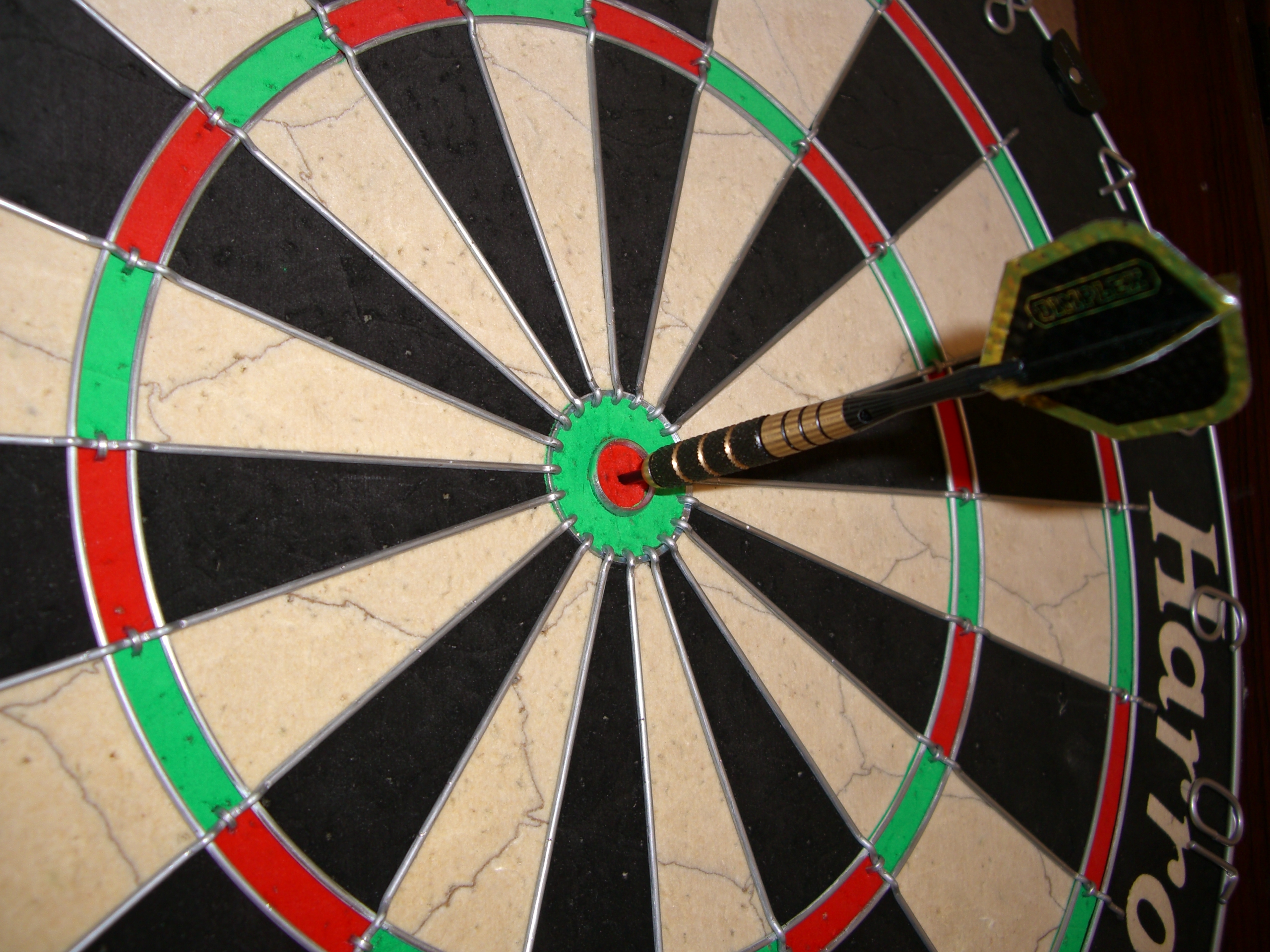 |
| Image from Wikimedia Commons |
Thank goodness last night's practice session went a bit better. I woke up after day 5's session with a determination to figure out some things I could do to make myself feel more organized and secure. My hope was that doing so would also organize my pianistic mind and body as well. One of the first things I did was to scan the bits of my score that I will actually be playing, print them out, and then put it all in a binder. In previous days I have been working from the score, trying to remember what I had decided to play and leave out, putting in paperclips to facilitate with page turns, and wondering whether or not my plan would really work out in the end. This approach, or perhaps I should call it a dis-approach wasn't working for me and was actually making me quite nervous. Last night, armed with my new abridged score, I played and timed out what I had, saw that I was about 1 minute over the 10 minute time limit, and then figured out an additional cut in the slow movement to make up for that. These simple steps probably took about 45 minutes but it was without a doubt, worth it. As the author and advisor to Franklin D. Roosevelt, Napoleon Hill said,
"Success in its highest and noblest form calls for peace of mind and enjoyment and happiness..."
I had enjoyment and happiness...I just needed the peace of mind part. Now that I had found it, it was time to move on to my Day 6 practice session.
I started out with the very end of the first movement on a run that I want to be sure is clean, powerful, and full of fire. I drilled it using rhythms, surprise, surprise. Next it was on to the cadenza again, still moving backwards. I spent quite a bit of energy just soaking in the harmonies since this part tends to just wind its way around the different keys and I want to make sure that I am really hearing the twists and turns to that the audience can sense them as well and feel the sense of relief I feel when I finally land in the next section. At times I throw in some of my rhythms, just for good measure and to keep me on my toes. I feel that practicing gets pointless once the mind shuts down and goes on automatic. I end the cadenza portion of the session by reviewing the rest of the cadenza and starting to push certain passages to performance tempo. I've learned that it can be deadly to only practice slowly, especially when a deadline is looming, since music can feel entirely different in various tempos. It's better for me to know now what it's going to all feel like in my hands.
In the third movement I wanted to really concentrate on a handful of fast runs that have some odd groupings of notes that I have a hard time keeping track of - groups of 4, 3, 5, and 6. It gets kind of confusing so I was trying to see if I could find a way to simplify it for myself. There's also a really fast run at the end that I find particularly tricky so I used a technique I call "add-a-note" to work on that. I find that technique works really well, especially to nail the various hand-position changes that are necessary. It forces me to land securely on those notes in the process of the exercise rather than just skimming over them and praying that everything is in the right place.
Which brings me to something I want to say about perfectionism in music...
I spoke with my mother the other day - she is following my Beethoven project and is actually listening to my videos - what a brave woman! She mentioned that she was surprised by how thorough I am and detailed I get when I'm practicing. I told her that when I practice my goal is to practice in such a way that I rarely play a wrong note and never play the same wrong note twice. She was surprised by such a statement coming from someone that touts their anti-perfectionism, especially when it comes to music. I could see why she was a bit confused. But here's my answer to why I do what I do...
When I practice, I am a perfectionist, most of the time. I am always striving to teach my mind, ears, and body what it needs to know in order to really know and understand the music. I am constantly problem solving, analyzing, absorbing every aspect of what's on the page and beyond the notes. (Aha! The title of my blog!!) I try to practice in such a way that I regularly experience success, but always in a musical way. I have found that when I practice in this way I know nothing else when I get up on stage to perform. Does this mean I never make mistakes when I perform? Ha! Of course not. I frequently make mistakes but because I have internalized the piece from the very beginning of the process and because I haven't repeatedly flailed on the harder passages or done what I call "random practice," I can let go of my practice-room self when I walk onto the stage and focus on the music and on communicating with the audience. Adopting this attitude has completely transformed my life. I now love to perform, even if the performance isn't "perfect" according to my practice-room side of myself.
So there you have it. A bit of musical philosophizing and a little insight into why I named this blog, "Beyond the Notes."
Here's last night's practice session...
14 more days!







